Tigers are often seen as the kings of the jungle, fierce predators that sit atop the food chain. But even these majestic big cats face threats in the wild. While adult tigers have few natural predators, they still encounter dangers from other animals, especially when young or weak. These threats come from unexpected sources, ranging from other large carnivores to smaller, more numerous creatures. Yes, humans are at the top of this list as, let’s face it, humans are the natural enemy of pretty much everything else on the planet.
Humans

Humans are the most significant threat to tigers. Through hunting, habitat destruction, and conflict over resources, people have drastically reduced tiger populations. Poaching for tiger parts used in traditional medicine remains a major issue. Conservation efforts are crucial to protect these magnificent creatures from human encroachment and exploitation. It’s estimated that tiger numbers have dropped by 95% over the past century due to human activities.
Dholes
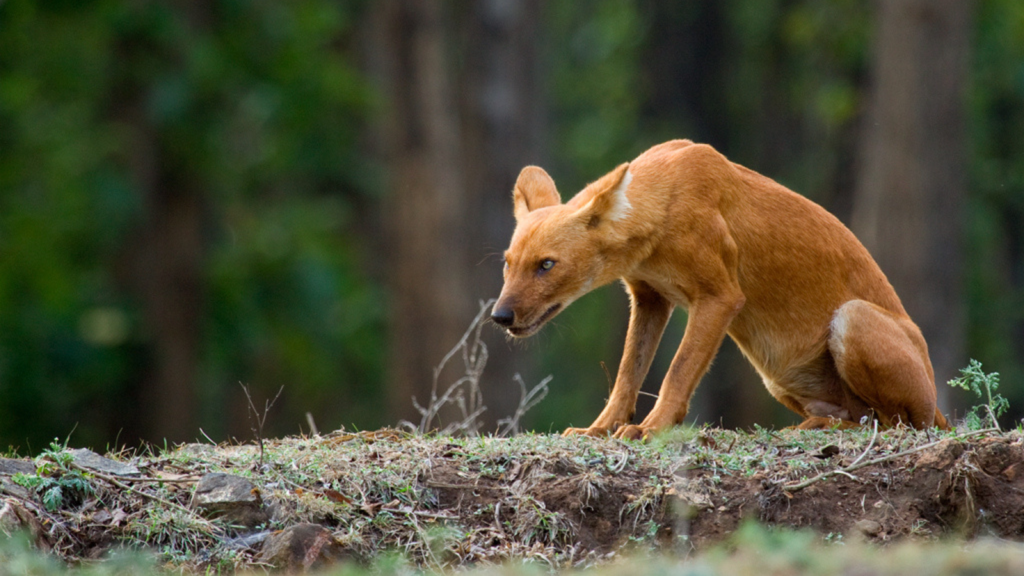
Dholes, also known as Asiatic wild dogs, hunt in packs and can take down prey much larger than themselves. While they don’t typically target adult tigers, they may attack tiger cubs or injured tigers. Their coordinated hunting techniques and stamina make them formidable opponents in the forest. A pack of dholes can number up to 40 individuals, giving them a significant advantage in confrontations.
Crocodiles
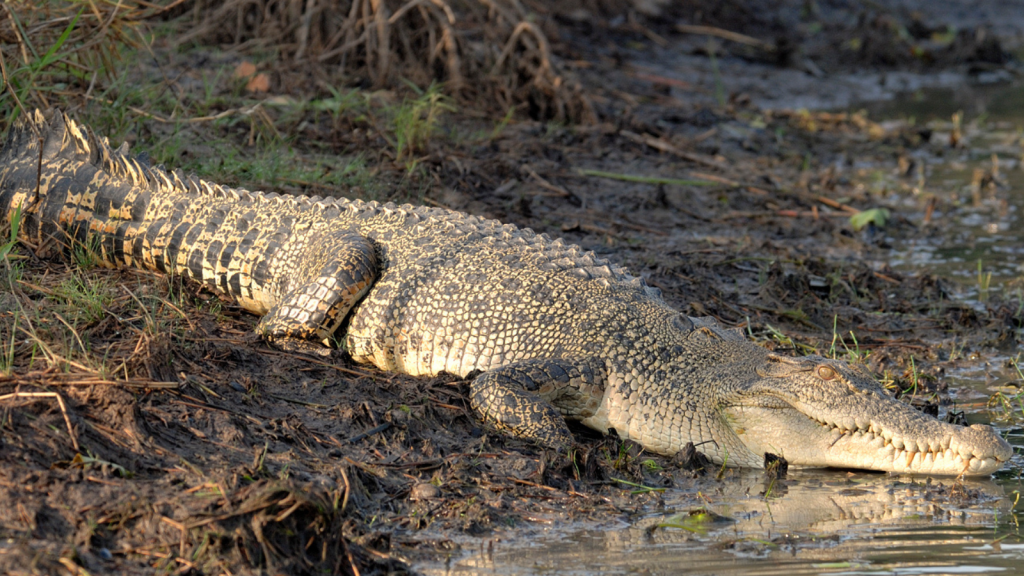
In areas where tigers and crocodiles share habitats, these reptiles can pose a serious threat. Crocodiles may ambush tigers near water sources, especially younger or smaller individuals. Their powerful jaws and ability to drag prey into water make them dangerous adversaries. Some species, like the saltwater crocodile, can grow up to 23 feet long and weigh over 2,000 pounds, dwarfing even the largest tigers.
Bears
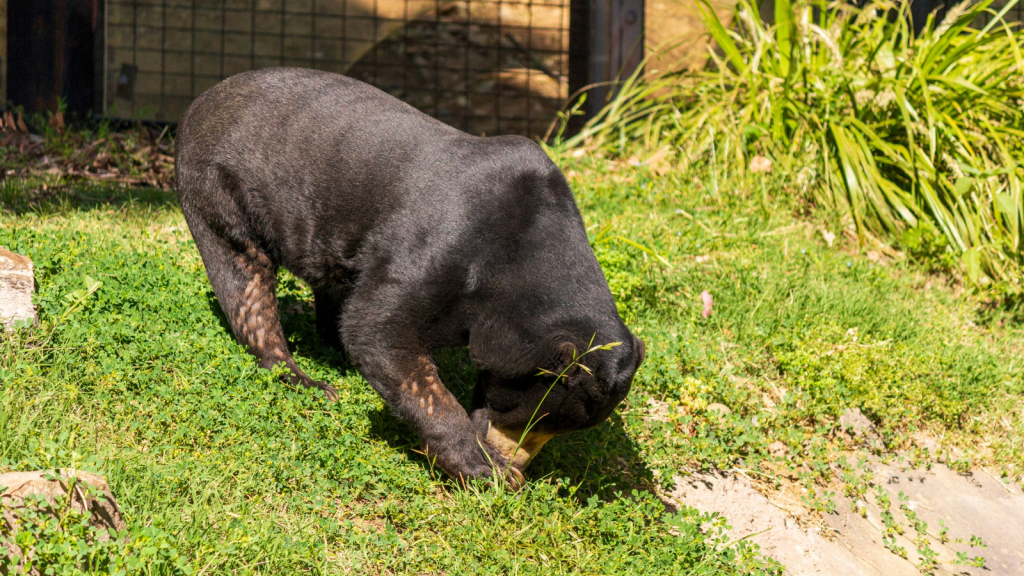
Several bear species, including sloth bears and Asiatic black bears, inhabit the same regions as tigers. While bears usually avoid confrontation, they can be fierce defenders of their cubs or food sources. In rare instances, larger bear species might even prey on tiger cubs. The Ussuri brown bear, found in the Russian Far East, can weigh up to 1,500 pounds and is one of the few animals that can potentially overpower an adult Siberian tiger.
Leopards
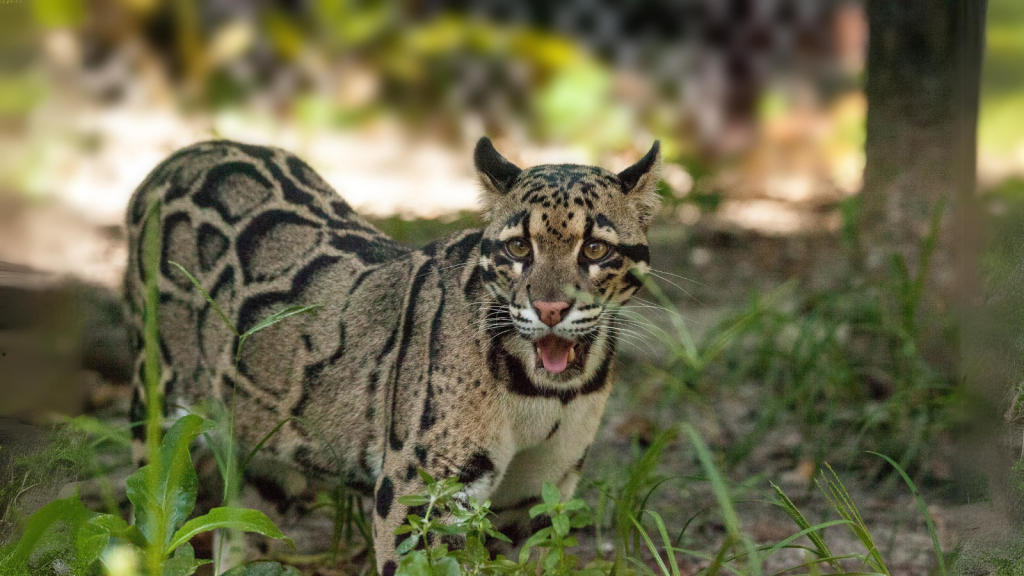
Leopards and tigers often compete for the same prey and territory. While leopards are smaller, they are agile and stealthy hunters. They may occasionally prey on tiger cubs if given the opportunity, though they generally avoid adult tigers. Leopards’ ability to climb trees and hide their kills high in the branches gives them an advantage in some situations, allowing them to avoid confrontations with tigers.
Pythons
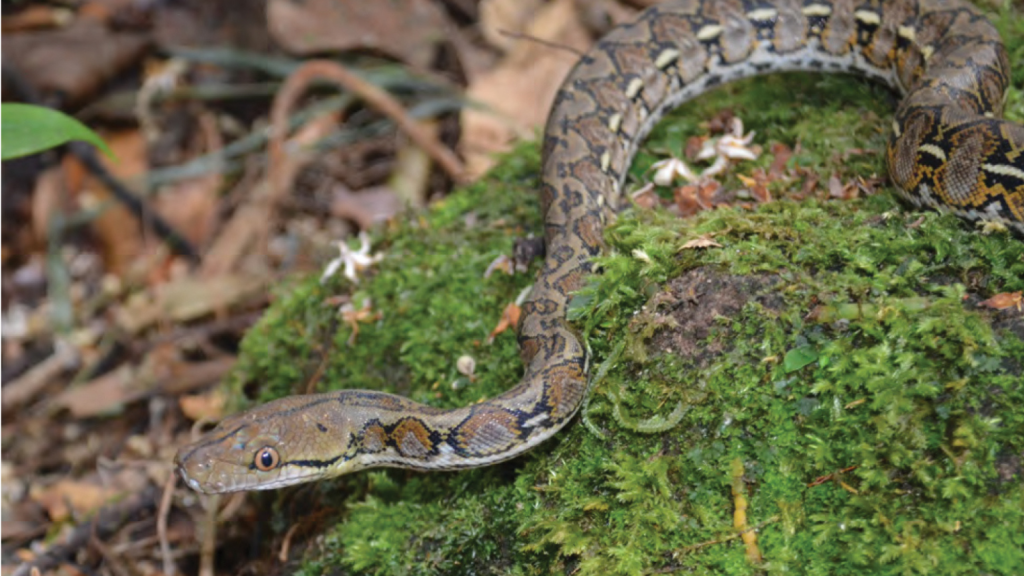
Large pythons, such as reticulated pythons or Indian rock pythons, can be a threat to tiger cubs and even smaller adult tigers. These snakes use their powerful coils to constrict their prey and have been known to tackle large mammals. Reticulated pythons can grow up to 30 feet long and are capable of swallowing prey as large as a small tiger.
Other Tigers
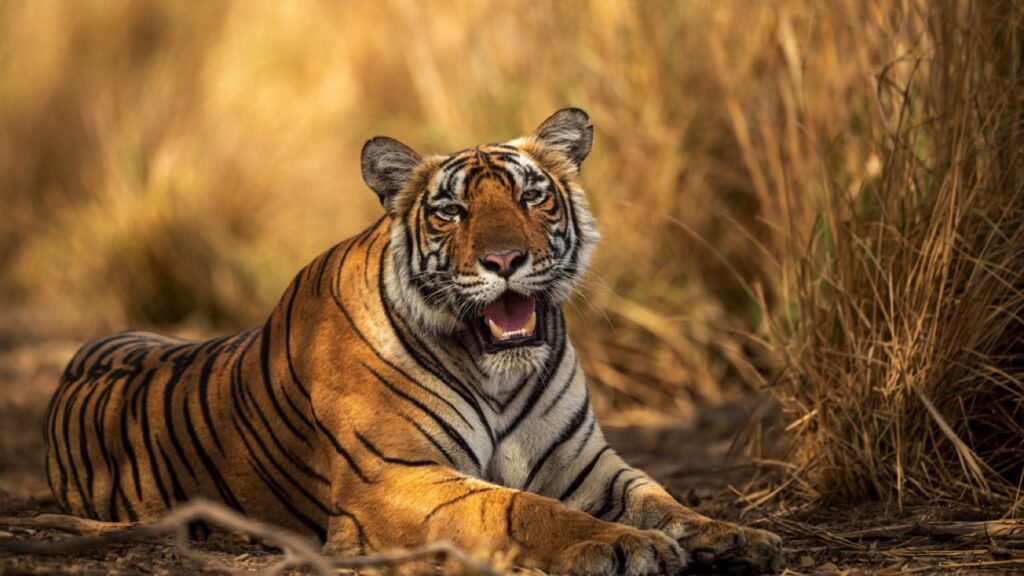
Surprisingly, one of the biggest threats to tigers can be other tigers. Territorial disputes between males can lead to fierce battles, sometimes resulting in serious injuries or death. Cannibalism, while rare, has been observed, particularly when food is scarce. In some cases, male tigers may kill cubs that are not their own, a behavior known as infanticide, which is thought to bring females back into estrus more quickly.
Elephants

While not predators, elephants can pose a significant threat to tigers due to their size and strength. Conflicts can arise when tigers hunt near elephant herds, especially if there are young calves present. An angry elephant can easily kill a tiger with its tusks or by trampling. Asian elephants can weigh up to 11,000 pounds and stand up to 10 feet tall at the shoulder, making them formidable opponents even for the largest tigers.
Wild Boars
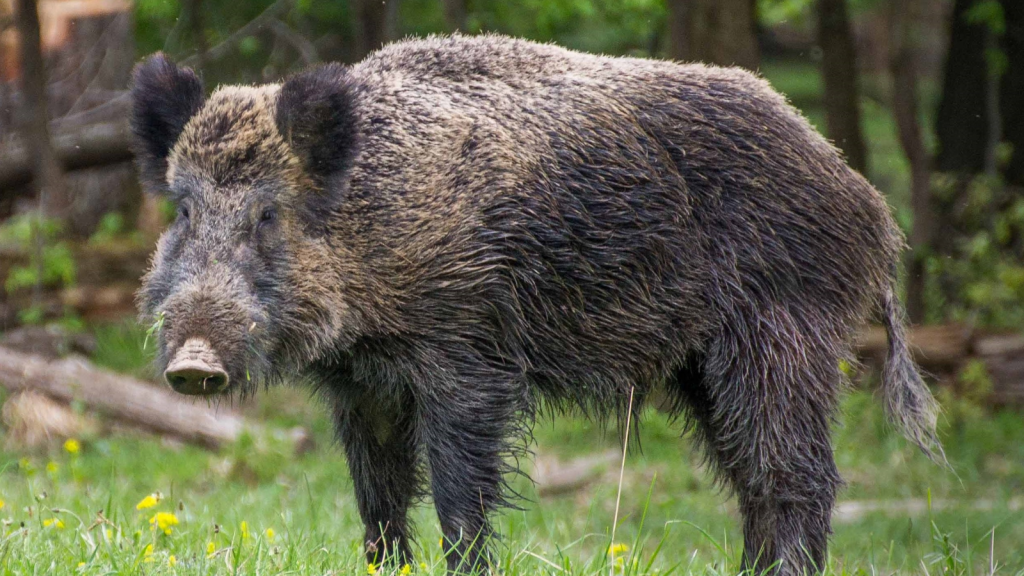
Wild boars are usually prey for tigers, but they can be dangerous when cornered or protecting their young. Their sharp tusks and thick hide make them formidable opponents. A charging boar can seriously injure or even kill a tiger, especially if it catches the big cat off guard. Wild boars can run at speeds up to 30 mph in short bursts, giving them the ability to surprise and potentially wound a tiger.
Porcupines
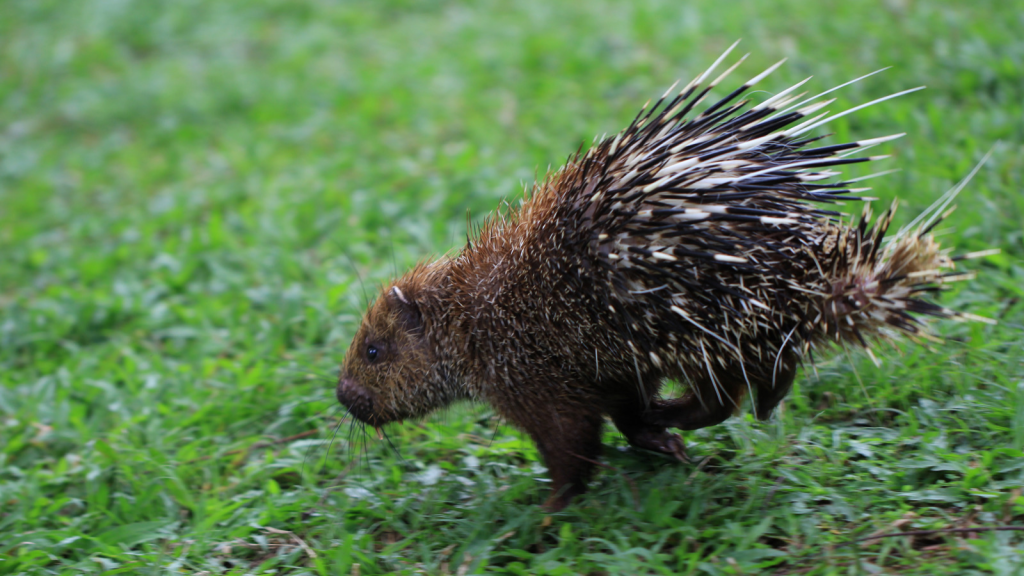
Though small, porcupines can inflict severe damage with their quills. Tigers may be injured while trying to prey on porcupines, potentially leading to infections or impairing their ability to hunt. In extreme cases, these injuries can be fatal. Porcupine quills are barbed, making them difficult to remove and causing them to work deeper into the flesh over time, increasing the risk of infection.
Disease

While not an animal, diseases are natural enemies that can significantly impact tiger populations. Canine distemper virus, for example, has affected tigers in some regions. Diseases can weaken tigers, making them more vulnerable to other threats or unable to hunt effectively. In the Russian Far East, canine distemper virus has been responsible for up to 30% of Amur tiger deaths in some years.
Wolves
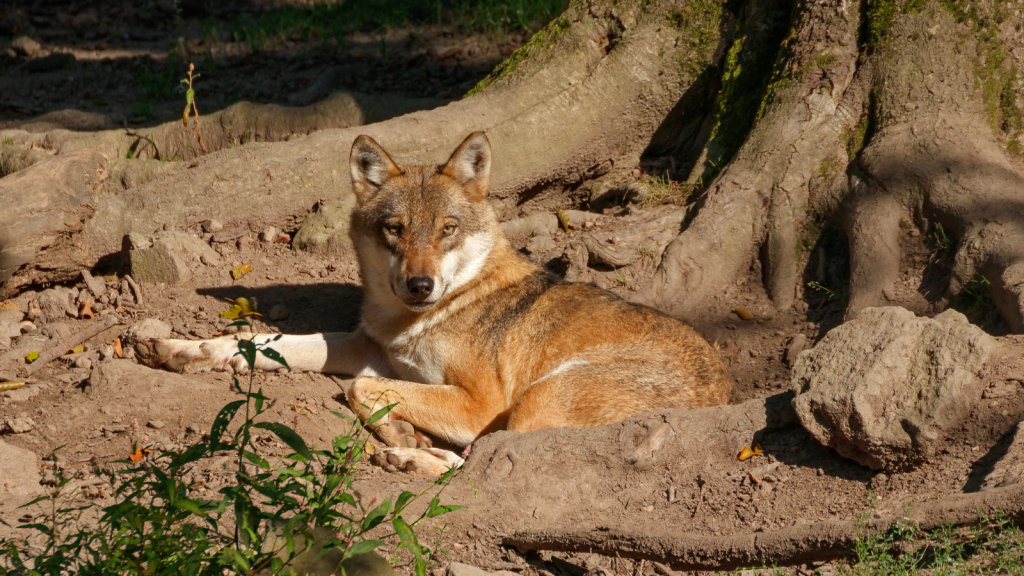
In some parts of their range, tigers may encounter wolves. While a single wolf is no match for a tiger, a pack can pose a threat, especially to cubs or weakened individuals. Wolves’ cooperative hunting strategies make them formidable opponents. In Siberia, where both species overlap, there have been recorded instances of wolf packs successfully driving off or even killing weakened tigers.
Parasites
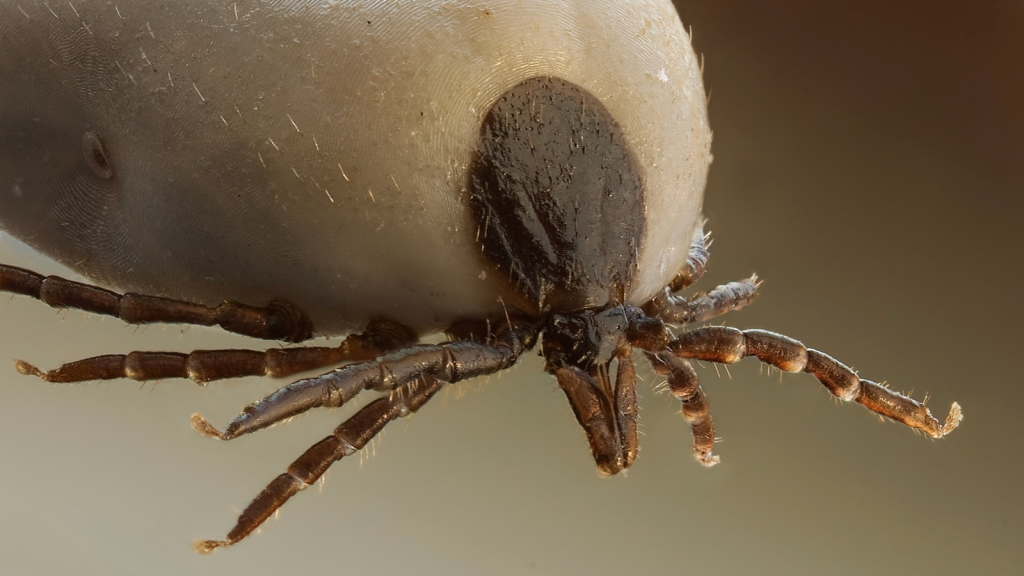
Internal and external parasites can seriously affect a tiger’s health. Ticks, for instance, can transmit diseases, while internal parasites like roundworms can weaken a tiger over time. These small enemies can have a big impact on a tiger’s survival in the wild. Heavy parasite loads can lead to anemia, reduced hunting success, and increased vulnerability to other threats.
Venomous Snakes
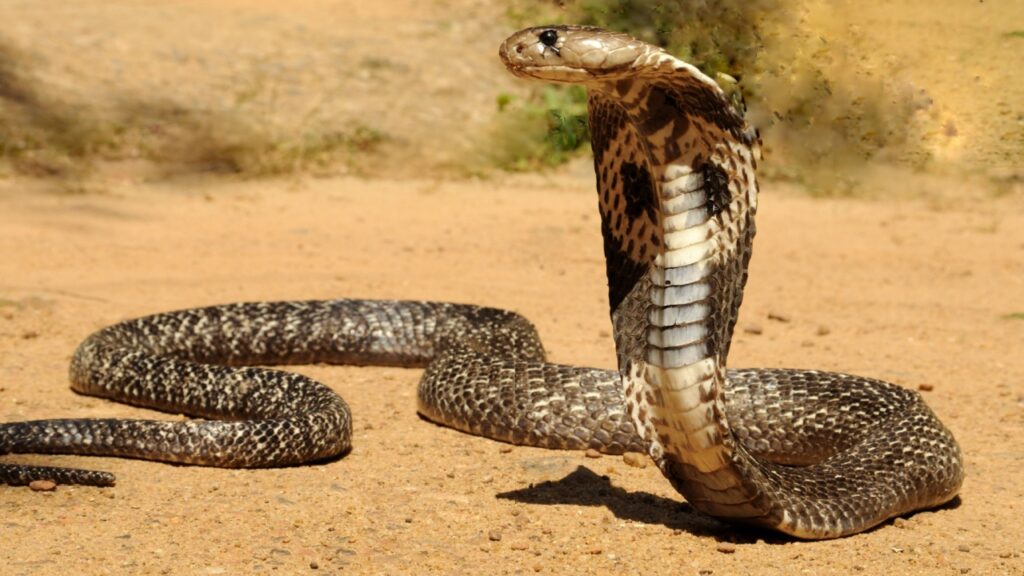
While tigers are generally resistant to snake venom, a bite from a highly venomous snake like a king cobra could still be dangerous. Young or weakened tigers are particularly vulnerable. Even if not fatal, a venomous bite could impair a tiger’s ability to hunt effectively. King cobras, which can grow up to 18 feet long, are known to occasionally prey on other snakes and small mammals, potentially bringing them into conflict with tigers.
Extreme Weather
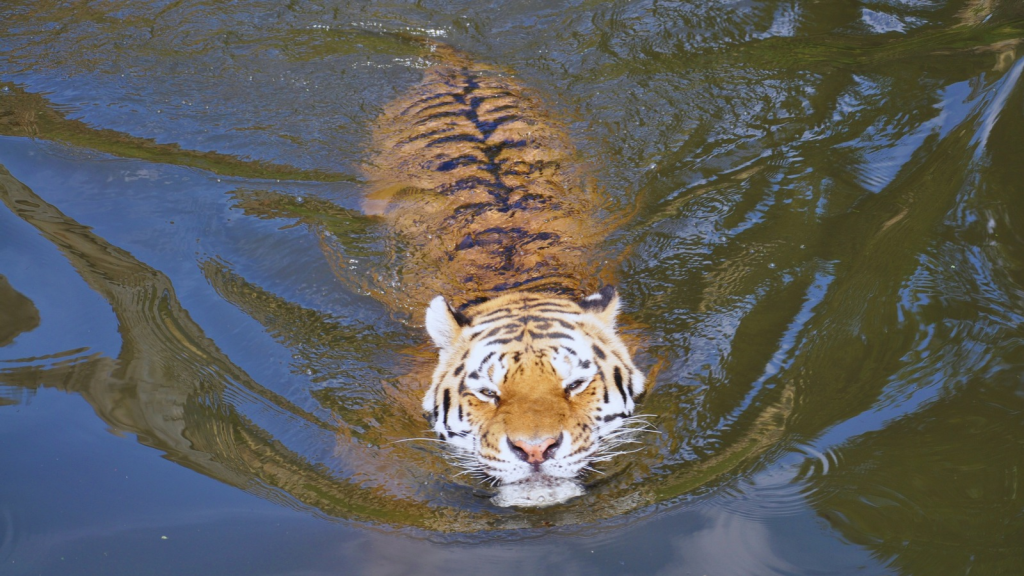
Though not an animal, extreme weather conditions can be deadly for tigers. Floods, droughts, and severe storms can destroy habitats, reduce prey availability, and directly threaten tigers’ lives. Climate change is making these weather events more frequent and severe, posing an increasing risk to tiger populations. In the Sundarbans mangrove forest, rising sea levels due to climate change are eroding tiger habitat and increasing human-tiger conflict as the big cats are forced into smaller areas.


